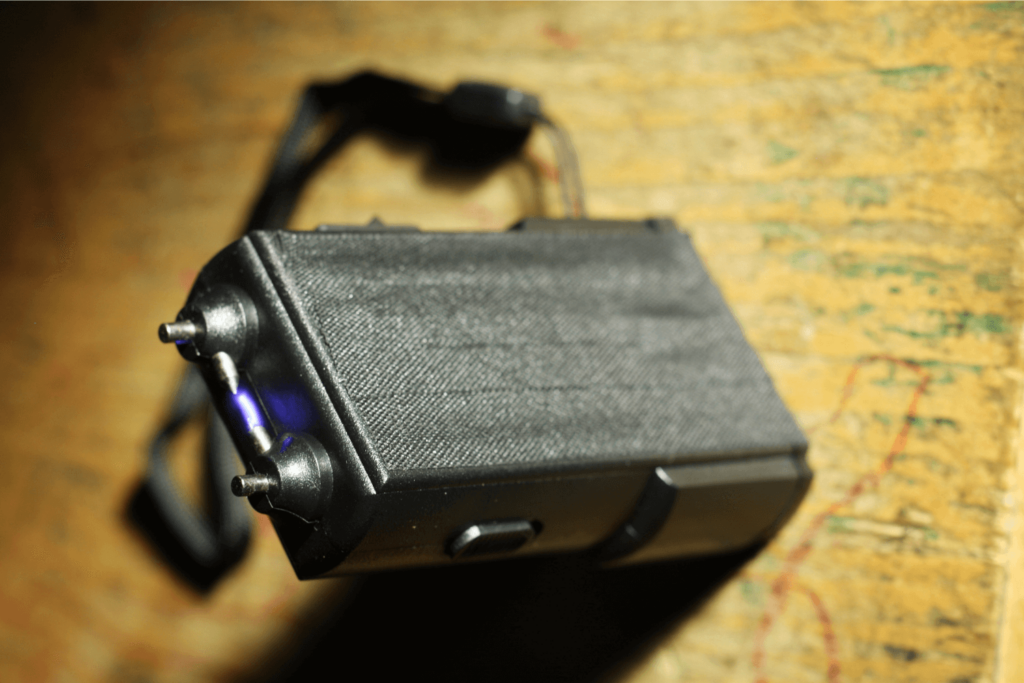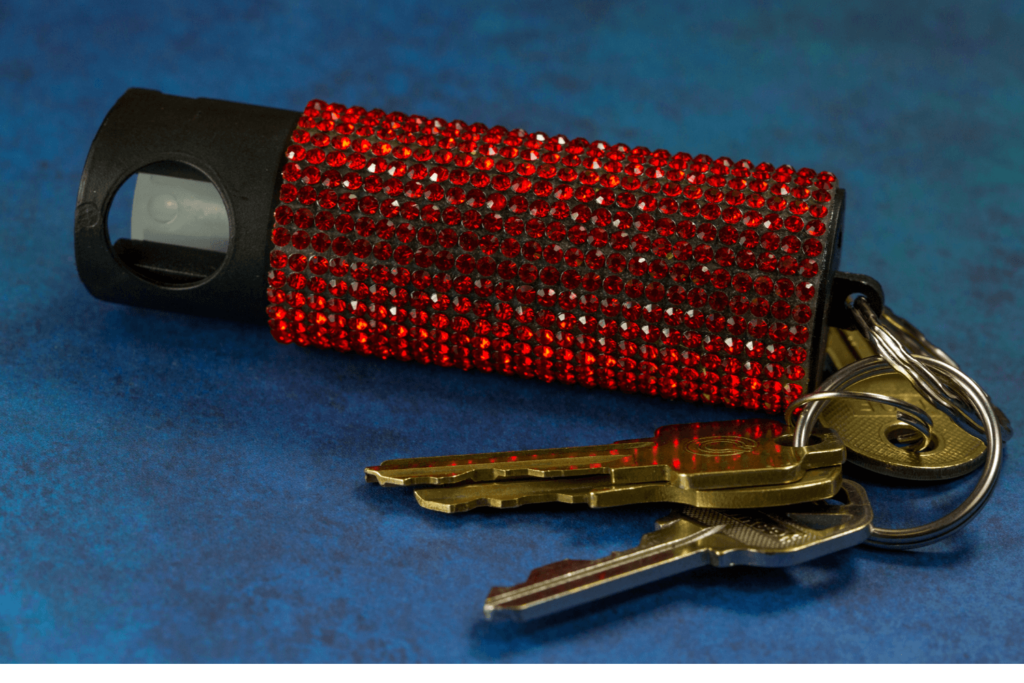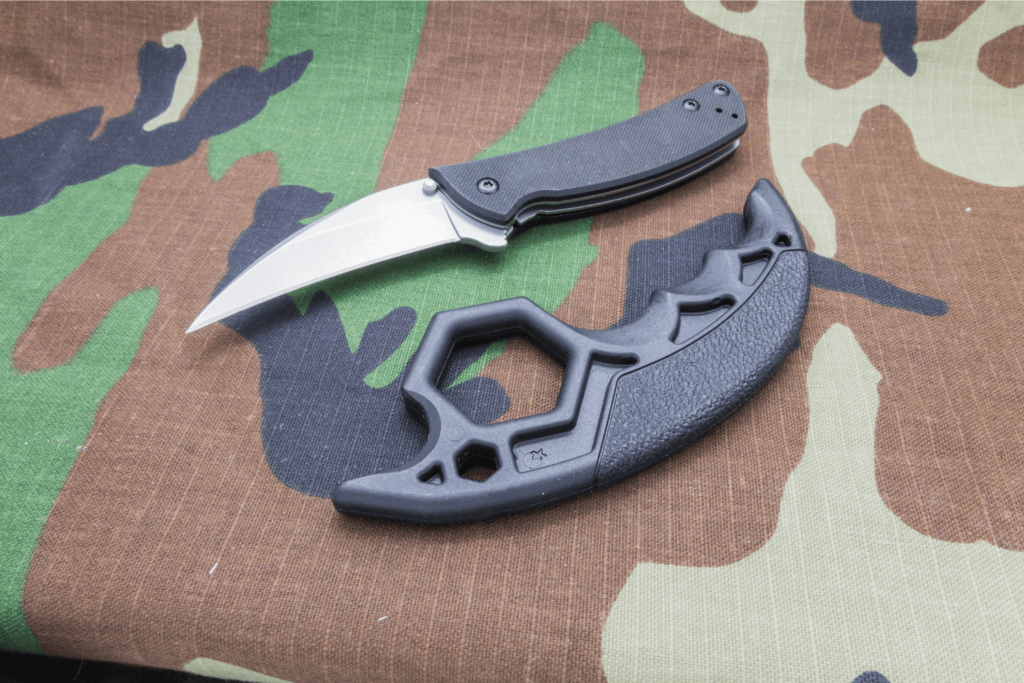No products in the cart.

Your local gun show is a great place to find non-lethal weapons for self-defense. Pennsylvania’s Largest Gun Show may be known for the massive firearms selection our vendors bring to nearby communities for a weekend of gun shopping, but they offer so much more. You’ll find knives, collectibles, handicrafts, and even the tools you need to protect yourself, your loved ones, and your property when a firearm isn’t practical, appropriate, or available. Let’s talk about why you may want to invest in another layer of protection (even if you’re a gun owner) and how to choose the right weapon for you.
With so many guns right there for the buying, you might wonder why anyone would consider non-lethal weapons. There are a couple of good reasons why firearms may not work out as self-defense weapons for everyone.
When you visit your local gun show, you’ll see hundreds of tables filled with guns, EDC knives, accessories, and more. You’ll see self-defense weapons that are straightforward and effective, others that require a level of tactical skill that requires training, and some that are questionable at best. Here are our top picks to look for if you want a less-than-lethal alternative with a high probability of success.


When deciding on the right non-lethal weapon for your self-defense, start by honestly assessing your ability to defend yourself without weapons. If you’re relatively inexperienced at physical defensive fighting, then weapons that let you engage at a distance and get away or that are designed to disorient and deter are your best bets. If you are experienced or trained in hand-to-hand fighting and defense, then non-lethal weapons that make your current skills more efficient may be appropriate as well.
Your next opportunity to find great deals on non-lethal weapons is coming soon. Check our gun show calendar and circle the date. Get your tickets online to buy your self-defense weapons at an Eagle Shows Gun Show today.
Subscribe to our newsletter for exclusive updates, offers, and insights. Be the first to know about upcoming shows and special events.